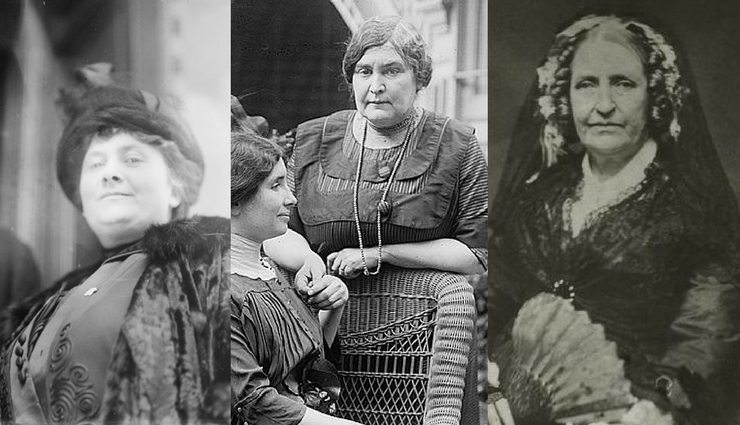03/28/2017 by Carney Sandoe Staff |
Teachers Who Rock
Celebrating Women in Education

With Women's History Month coming to a close and the exciting announcement of our first-ever Women's Institute in June, let's take a look at a few of the female figures in history who shaped the face of education and left a deep impact on the lives of their students.
Maria Montessori
Born in Italy in 1870, Maria Montessori excelled in academics, eventually becoming one of the first female doctors in her country. Becoming interested in education, she opened a child care center in Rome in 1907 where she could put into practice her theory that children essentially teach themselves. Montessori believed that it was a teacher's responsibility to facilitate a learning environment where children could use their natural curiosity to explore, discover, play freely, and develop naturally. Soon her practice became known across Italy as the Montessori Method, and it quickly spread to the rest of the world. She devoted her life to further developing the Method, writing materials for teachers to integrate “discovery learning” into their classrooms. Although it fell out of favor in the U.S. during the war years, it reemerged in the 1960s and has remained an integral part of America's educational landscape.
Anne Sullivan
A lot of parents have probably called their child's teacher a “miracle worker.” That phrase was coined by Mark Twain to describe Anne Sullivan, the teacher of Helen Keller. Blind for the first part of her life, Sullivan was educated at the Perkins School for the Blind right here in Boston, and recovered part of her eyesight as by the time she began working with Keller in 1887. Although Sullivan was a mere 20 years old when she began serving as teacher to the deaf and blind Keller, her own experience with blindness offered her a special understanding of what young Keller was going through. Steadfast in her efforts to reach and connect to Keller, Sullivan's breakthrough came when she started spelling out words on Keller's open palm to help her better understand the link between objects and the words attached to them. As dramatized in the 1957 play The Miracle Worker, Sullivan held one of Keller's hands under running water while spelling w-a-t-e-r into her other hand. Not long thereafter, Keller was able to express herself and communicate effectively, and she lived a long live as a writer, lecturer, and activist until her death in 1936.
Emma Hart Willard
Back when there was a time when women did not have access to higher education, Emma Hart Willard sought to change that. Born in 1787 in Connecticut, Willard's father recognized her passion for education at a young age. He encouraged her formal schooling and exposed her to topics of philosophy, politics, and mathematics–topics that were primarily male subjects. At 17, she became a teacher at the academy where she had been a student, and by 19 she was running it. After moving to Vermont, she worked as principal of the Middlebury Female Seminary and left after two years, unimpressed with the curriculum. Willard decided to open a boarding school for women in her own home in 1814, where she taught courses in history and science. Inspired by her passion for women's education and the belief that they should have equal access to higher education, she asked the New York Legislature to publicly fund a women's seminary. Denied support, she eventually received funding from the town of Troy, New York, and the first higher education institution for women in America–the Troy Female Seminary–opened in 1821. Although complete educational equality was years away, Willard sparked a flame that continued to burn into the 20th century, lecturing on women's education in the U.S. and Europe, founding another school in Greece, and writing textbooks on history and geography.
All women and allies in education are invited to join us for our inaugural Women's Institute on June 16, 2017 for a day of peer learning, mentorship, and dialogue through shared experiences. Learn more here.
Do you have a favorite female in education, historical or present-day? Share in the comments below!
Leave a Comment
0 Comments
There are no comments on this blog entry.